When it comes to enhancing the curb appeal of your home, few things are as impactful as decorative exterior house trim. This often-overlooked element can transform a bland facade into a stunning masterpiece. In this article, we will explore the various types of decorative trim, their benefits, design ideas, and tips for installation. Your home deserves to stand out, and decorative trim is the perfect way to achieve that!
Understanding Decorative Exterior House Trim
Decorative exterior house trim includes various materials, styles, and applications that serve both functional and aesthetic purposes. Whether you want to accentuate architectural features or create a more cohesive look, decorative trim can help you achieve your vision.
What is Decorative Trim?
Decorative trim refers to the ornamental finishes applied to the exterior of a home. It can include:
- Window trim
- Door frames
- Soffits
- Fascia boards
- Corner boards
- Porch trim
Types of Decorative Trim Materials
Choosing the right material for your decorative trim is crucial for durability, maintenance, and aesthetics. Here are some common materials:
| Material | Durability | Maintenance | Cost |
|---|---|---|---|
| Wood | High | Medium (requires periodic painting or staining) | Moderate |
| Vinyl | Medium | Low (easy to clean) | Low |
| Fiber Cement | Very High | Medium (needs painting every 10-15 years) | Moderate to High |
| Polyurethane | High | Low (minimal maintenance) | Moderate |
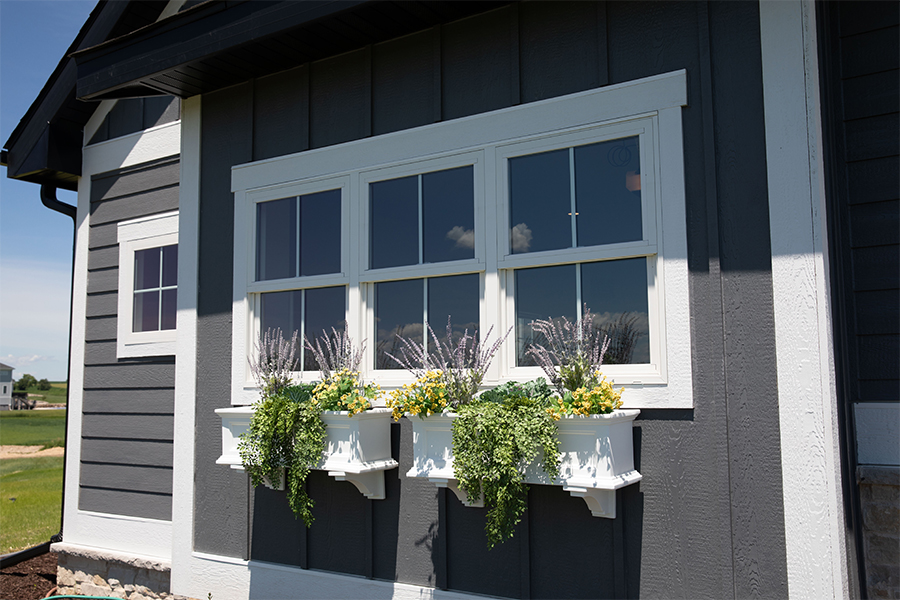
Benefits of Adding Decorative Exterior House Trim
Incorporating decorative trim into your home can offer numerous advantages:
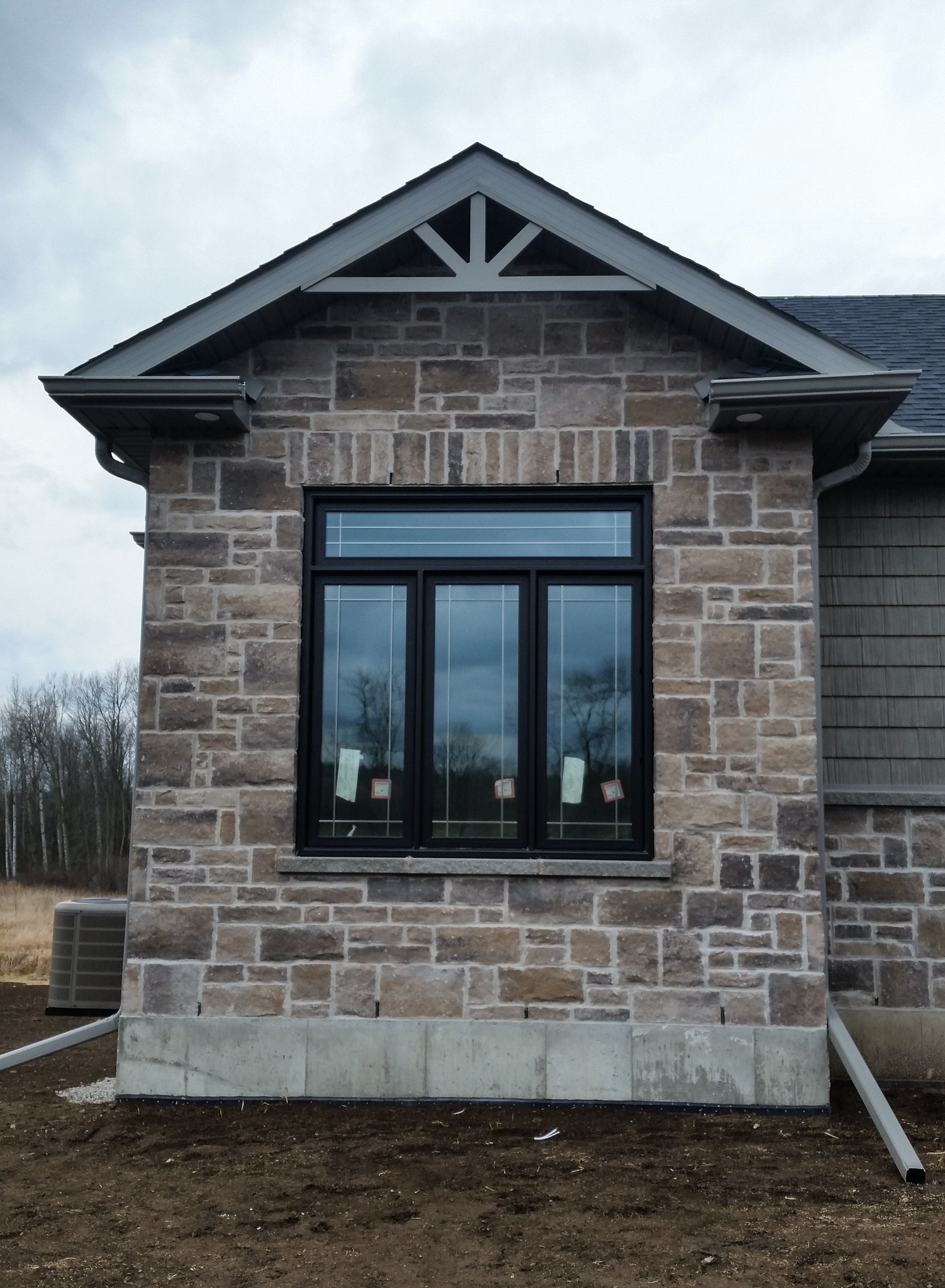
1. Enhanced Curb Appeal
The primary benefit of decorative trim is its ability to enhance your home’s exterior aesthetics. A well-designed trim can highlight architectural features and make your home more inviting.
2. Increased Property Value
Homes with appealing exteriors, including attractive trim, tend to have higher property values. When potential buyers see a beautifully trimmed home, they are often willing to pay more.

3. Customization Options
Decorative trim allows for personalization of your home’s aesthetic. You can choose colors, styles, and finishes that reflect your personality, making your home uniquely yours.
4. Protection Against Elements
Trim elements, especially when properly installed, can protect vulnerable areas of your home from moisture, insects, and other outdoor elements, extending the life of your home’s exterior.
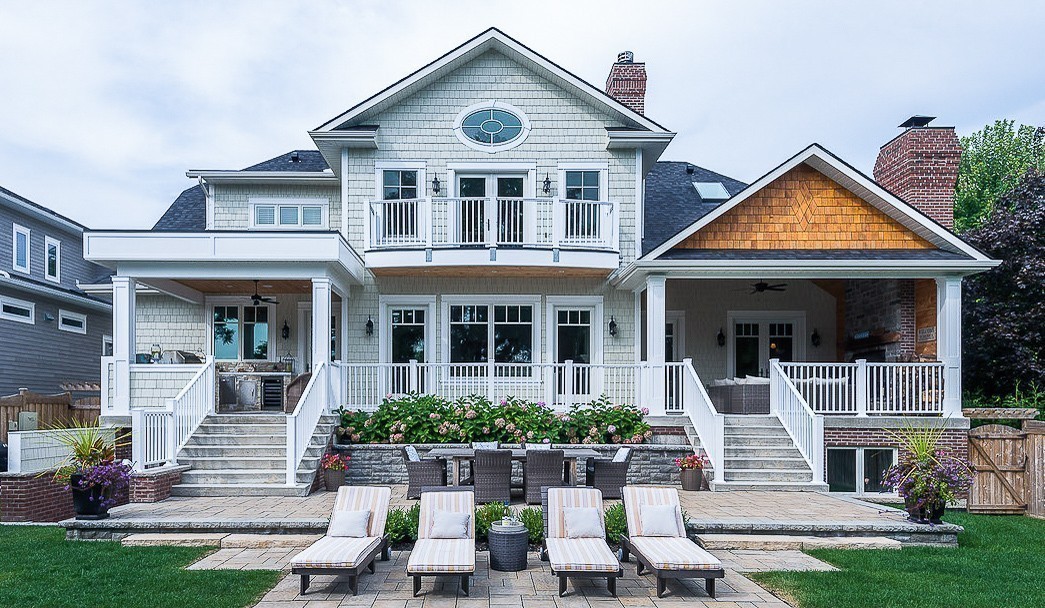
Choosing the Right Decorative Trim for Your Home
Factors to Consider
Making the right choice for your decorative trim requires thoughtful consideration of several factors:
- Style of Your Home: The architectural style should guide your trim choices. Traditional homes often look great with ornate wood trim, while modern homes might benefit from sleek lines and minimalistic designs.
- Climate: Consider your local weather conditions. For example, homes in humid areas might benefit from vinyl or fiber cement trim.
- Budget: Assess how much you are willing to spend on trim materials and installation. While investing in high-quality trim can pay off in terms of longevity and appeal, it’s essential to stay within your budget.
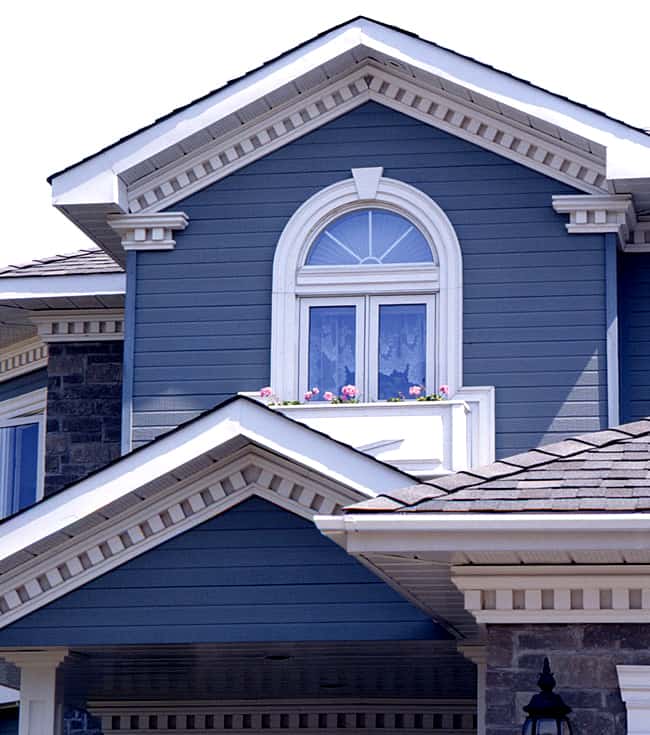
Popular Decorative Trim Styles
Here are some popular styles of decorative trim:
- Crown Molding: Found mostly at the top of walls, crown molding adds elegance and depth.
- Chair Rail: Great for dining rooms, this trim style can create a visual divide on walls.
- Soffit and Fascia: These functional trims cover the horizontal edges of overhangs, adding flair while protecting against moisture.
- Corbels: Often found under eaves, corbels provide a vintage touch and are great for supporting brackets.
- Board and Batten: Vertical boards create a charming rustic look, perfect for farmhouse-style homes.
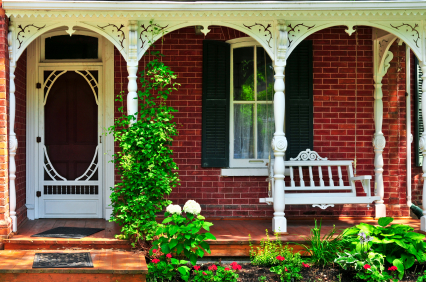
Installation Tips for Decorative Exterior House Trim
Installing decorative trim can be a rewarding DIY project, but there are important tips to keep in mind:

1. Proper Measurements
Accurate measurements are crucial. Always double-check before cutting to avoid costly mistakes.
2. Choosing the Right Tools
A miter saw, nail gun, and level are essential tools for a smooth installation. Make sure to use weather-resistant nails, especially for outdoor projects.
3. Prepping the Surface
Ensure the surface is clean, dry, and free from old paint or debris before applying any trim. This will promote better adhesion and a longer-lasting finish.
4. Plan for Painting
Decide whether you want to paint the trim before or after installation. Pre-painting can save time and provide a cleaner finish.
Common Mistakes to Avoid
Here are a few pitfalls to steer clear of when installing decorative trim:
- Ignoring the Style of the Home: Selecting trim that doesn’t match the home’s architectural style can lead to a jarring appearance.
- Overcomplicating the Design: Sometimes less is more. Don’t overcrowd your home’s exterior with an excessive number of trim types.
- Budget Overruns: Always account for unexpected expenses in your budget. It’s easy to get carried away with premium materials.
Maintaining Your Decorative Trim
Like all aspects of your home’s exterior, decorative trim requires maintenance. Here are some key maintenance tips:
1. Regular Inspections
Check for signs of wear, moisture damage, or peeling paint at least once a year. Early detection can save you money in repairs.
2. Clean the Trim
Use a mild detergent and water to clean vinyl and other non-porous trims. Wooden trims may require a gentle wash and inspection for weathering.
3. Repaint as Needed
For painted trims, schedule touch-ups every few years to maintain their appearance and protect the material underneath.
Cost Considerations of Decorative Trim
The cost of decorative trim can vary significantly based on material, design complexity, and installation method. Here’s a breakdown to help you plan:
- Material Costs: Expect to pay between $1 to $10 per linear foot, depending on the material.
- Installation Costs: Professional installation can range from $50 to $100 per hour, plus materials.
- DIY Savings: If you choose to install trim yourself, you can save significantly but remember to factor in tool costs as well.
FAQs About Decorative Exterior House Trim
1. What is the best type of trim for a modern home?
For modern homes, consider using sleek materials like vinyl or fiber cement. Simple, clean lines with minimal ornamentation work best.
2. Can I mix different types of trim materials?
Yes, mixing materials can create visual interest, but ensure they complement each other in style and color.
3. How often should I repaint my wooden trim?
Typically, wooden trim should be repainted every 5 to 7 years, but it may vary based on your local climate conditions.
4. Is decorative trim worth the investment?
Absolutely! Decorative trim can boost your home’s curb appeal and market value, making it a smart investment.
Conclusion
Decorative exterior house trim is more than just an aesthetic choice; it’s an opportunity to express your personal style while enhancing your home’s value and protection. With the right material and design, you can create a welcoming space that reflects who you are. Whether you choose to tackle the project yourself or hire a professional, the results can be rewarding.
So, are you ready to elevate your home’s exterior with decorative trim? Start planning today, and watch your house transform into a beautiful haven that stands out in your neighborhood!